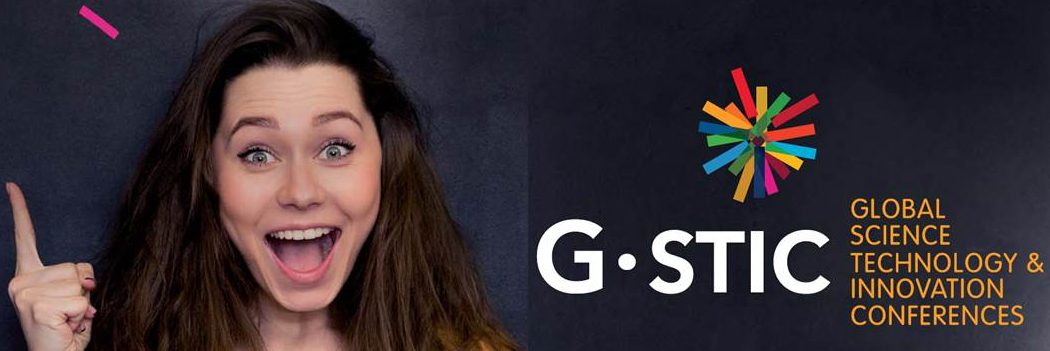The G-STIC 2017 Student & Research Challenges are launched to encourage students, PhD students and junior researchers worldwide to come up with original and innovative ideas on new technological solutions that hold great potential for achieving the SDGs.
As a participant, you will not just be invited to pitch your ideas related to any of the 9 technology themes addressed by the G-STIC 2017 conference. You will also be given the opportunity to join the peer review process, and elect the winning pitch within your theme. All the participants will receive a request to evaluate up to 5 pitches on our online platform, providing them with a unique opportunity to interact with other participants. On top of that, all winners of the Student & Research Challenges will be invited to participate for free in the G-STIC 2017 Conference (Brussels, Belgium – October 23-25, 2017) where they can meet and discuss with international science, technology & innovation experts.
How to participate?
After registering online, participants will be invited to submit a pitch within any of these 9 technology themes:
- Agriculture
- Energy
- Circular Economy
- Water
- Urbanization
- Sustainable technology and development
- Carbon as a resource
- ICT as enabling technology
- Technology for climate change mitigation & adaptation
Participants joining the Student Challenge will be asked to frame their pitch by presenting a 1-page review of existing SDG-relevant technology developments within the theme they have selected. A short video pitch should then discuss which new technological solution should be developed, and why and how this will make a difference in achieving the SDGs.
Participants joining the Research Challenge will be invited to provide a 1-page overview of state-of-the-art technologies related to the theme they are contributing to. As part of that overview, they should also identify the technology that – if applied worldwide – has the greatest potential to contribute to achieving the SDGs. A short video pitch should then illustrate how their personal research goes beyond one or more state-of-the-art technologies listed in the overview, and how it impacts the achievement of the SDGs.
So there are several reasons to take up the challenge:
- Improve your pitching skills, learn by doing and interact with other participants.
- Have your video pitch displayed at the G-STIC 2017 conference.
- Get the opportunity to meet with experts during the conference, and contribute to G-STIC’s goal to accelerate global action on technology development and deployment.
In order to participate, you need to register on www.gstic.org/challenge.


